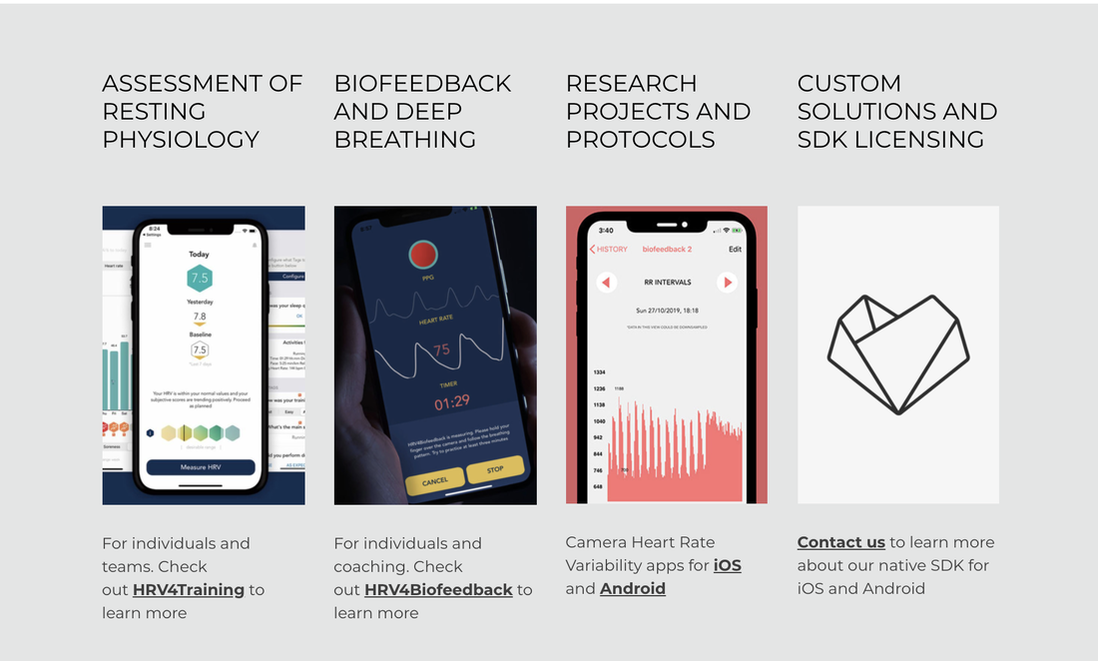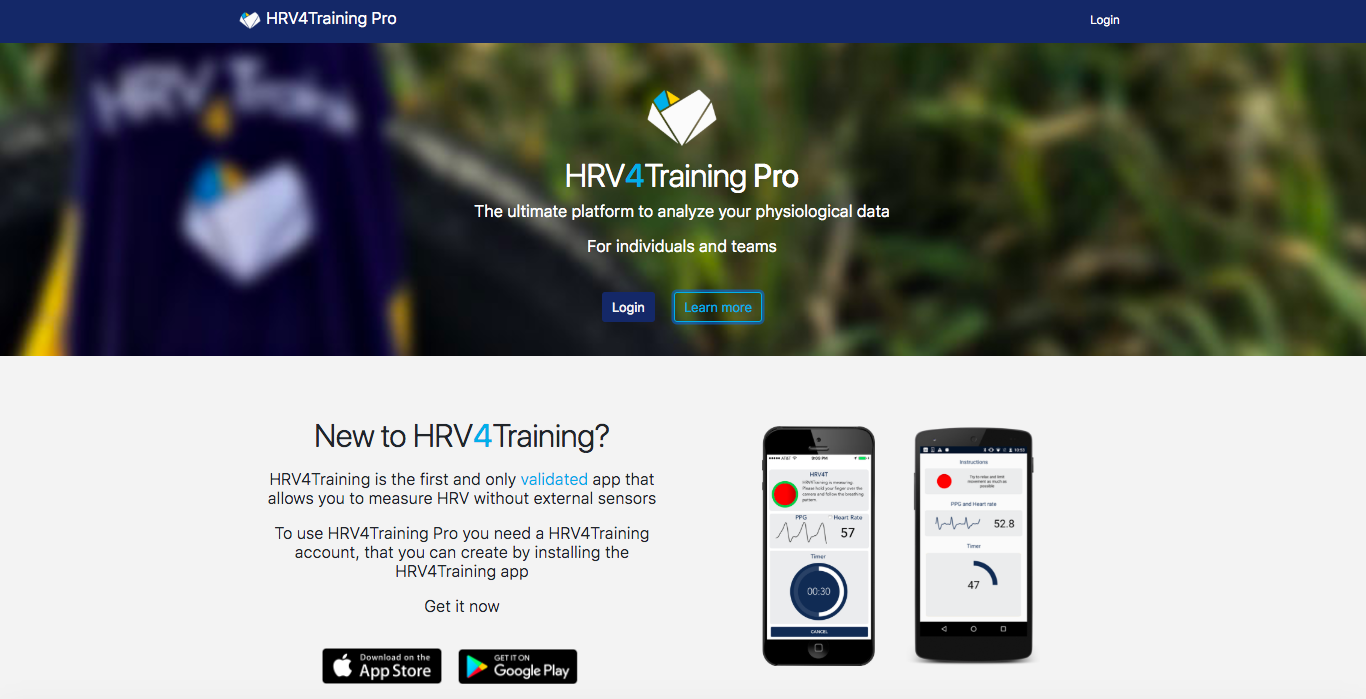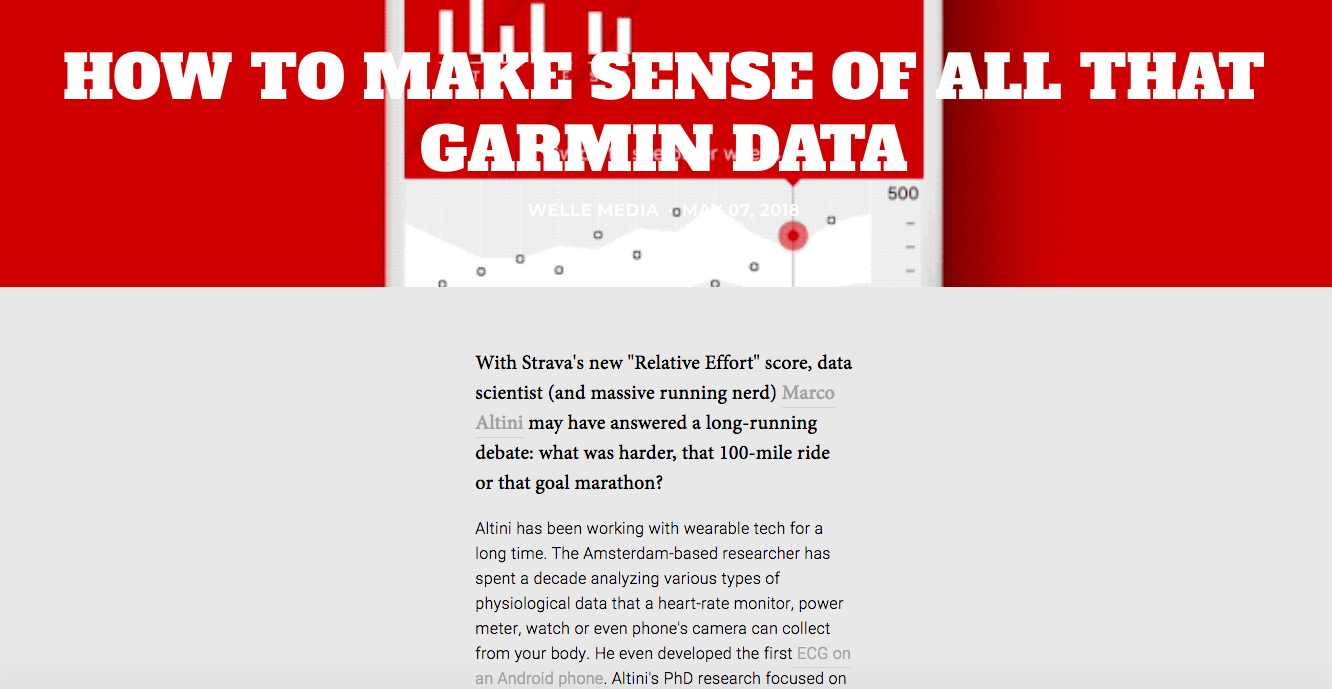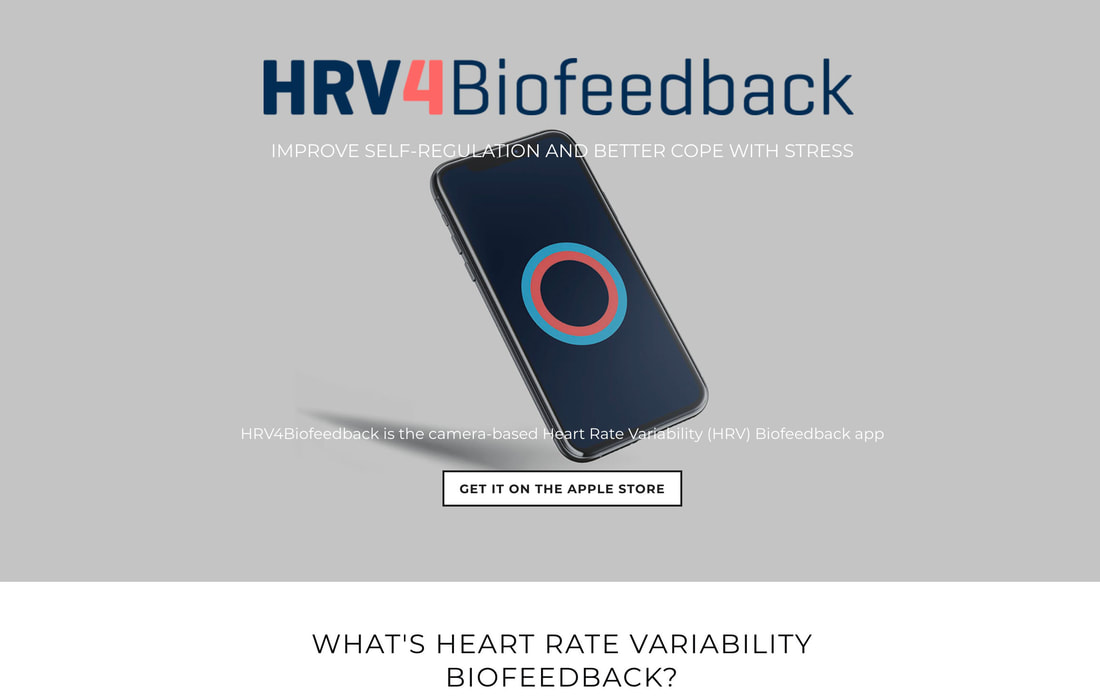THE ULTIMATE GUIDE TO HEART RATE VARIABILITY
I've put together a series of posts that cover many aspects of HRV measurement, data interpretation as well as plenty of examples that you can look at to better understand how to make use of the data, and how HRV relates to training and lifestyle stressors.
Check them out at these links:
Check them out at these links:
- Part 1: Measurement setup, best practices and metrics
- Part 2: Interpreting your data
- Part 3: Case studies and practical examples
- Part 4: Common misconceptions




